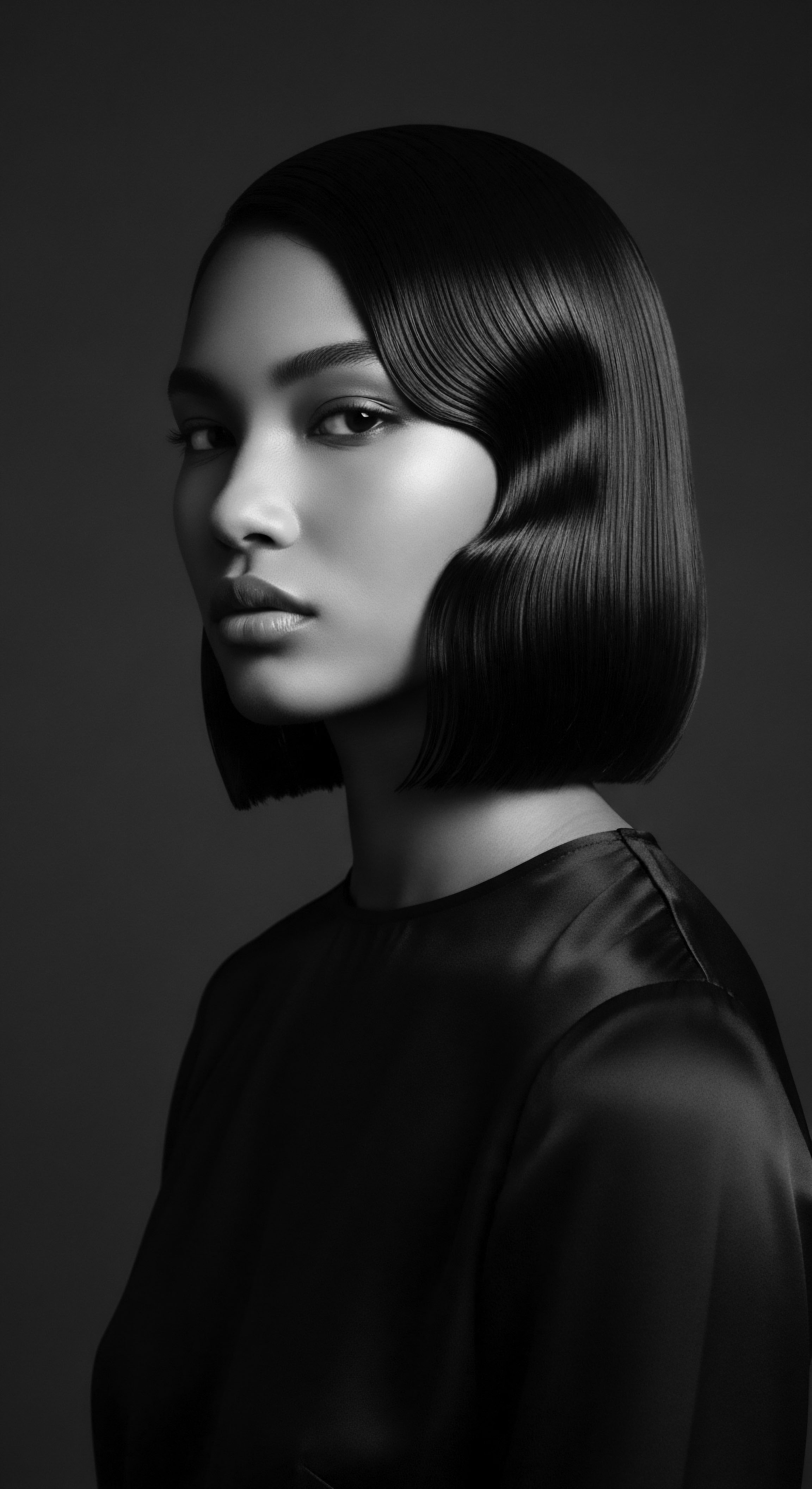
Roots
Consider the deep resonance within each coil, each strand, a living archive carrying whispers from generations past. Textured hair, in its myriad forms, has always been more than a physiological expression. It stands as a testament, a vibrant chronicle of resilience, identity, and ingenuity, etched into the very fiber of Black and mixed-race heritage.
Our journey into the ancient beauty rituals that sustained these crowns begins at the source, acknowledging the profound wisdom our ancestors held concerning the intrinsic nature of hair. They perceived it not merely as a decorative feature but as an antenna, a connection to the spiritual realm and the collective memory of a people.
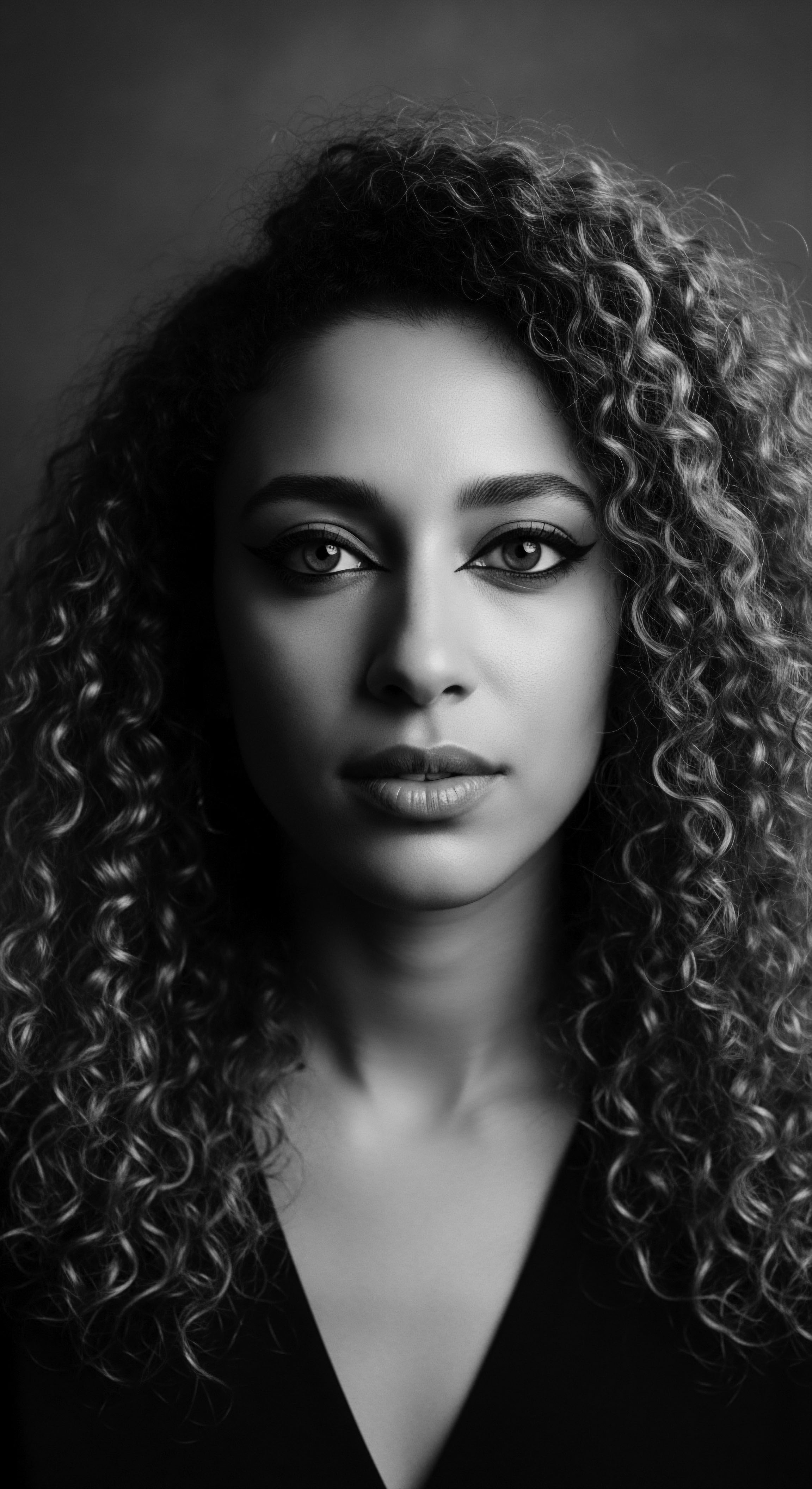
Understanding the Hair Strand’s Ancestry
The very architecture of textured hair, characterized by its elliptical cross-section and the unique way it coils and curls, is itself a marvel of biological adaptation. Early human ancestors, residing in regions of intense solar exposure, developed this particular hair structure. Some evolutionary biologists propose that this helical design provided a natural canopy, offering protection from harsh ultraviolet radiation while also allowing for air circulation to the scalp.
This ancestral shield, therefore, shaped the foundational understanding of care, prioritizing protection and nourishment for hair that naturally tended towards dryness due to its structural characteristics. Long before microscopes or molecular biology, ancient communities understood this inherent need for moisture and gentle handling.
Across African societies, for example, the observation of hair’s physical properties informed daily practices. They recognized hair’s tendency to shrink, to form dense patterns, and to respond distinctly to various natural elements. This foundational knowledge was woven into daily routines, guiding the selection of botanicals and application methods. The care rituals were not separate from life but integrated into the rhythm of communal existence, passed down through the gentle hands of grandmothers, mothers, and aunties.

Mapping the Curl in Ancient Societies
While formal classification systems, such as those used today, are a recent invention, ancient cultures possessed their own nuanced ways of distinguishing hair types. These distinctions were often tied to familial lineage, regional variations, and even spiritual predispositions. A person’s curl pattern, its density, and the way it responded to humidity or product could signify their origins, their clan, or their role within the community.
For specific African groups, hair was a visual language, a map displaying one’s belonging. The distinct variations in coiling and porosity were implicitly understood, guiding the choice of particular plant-based oils or specific braiding techniques meant to honor a specific texture or to communicate a social message. This intuitive understanding of hair’s inherent properties shaped the entire approach to its care and presentation, ensuring rituals were tailored to suit the unique characteristics of a diverse population.
Ancient societies understood textured hair not just as an adornment but as a living symbol of identity, connection, and ancestral wisdom.
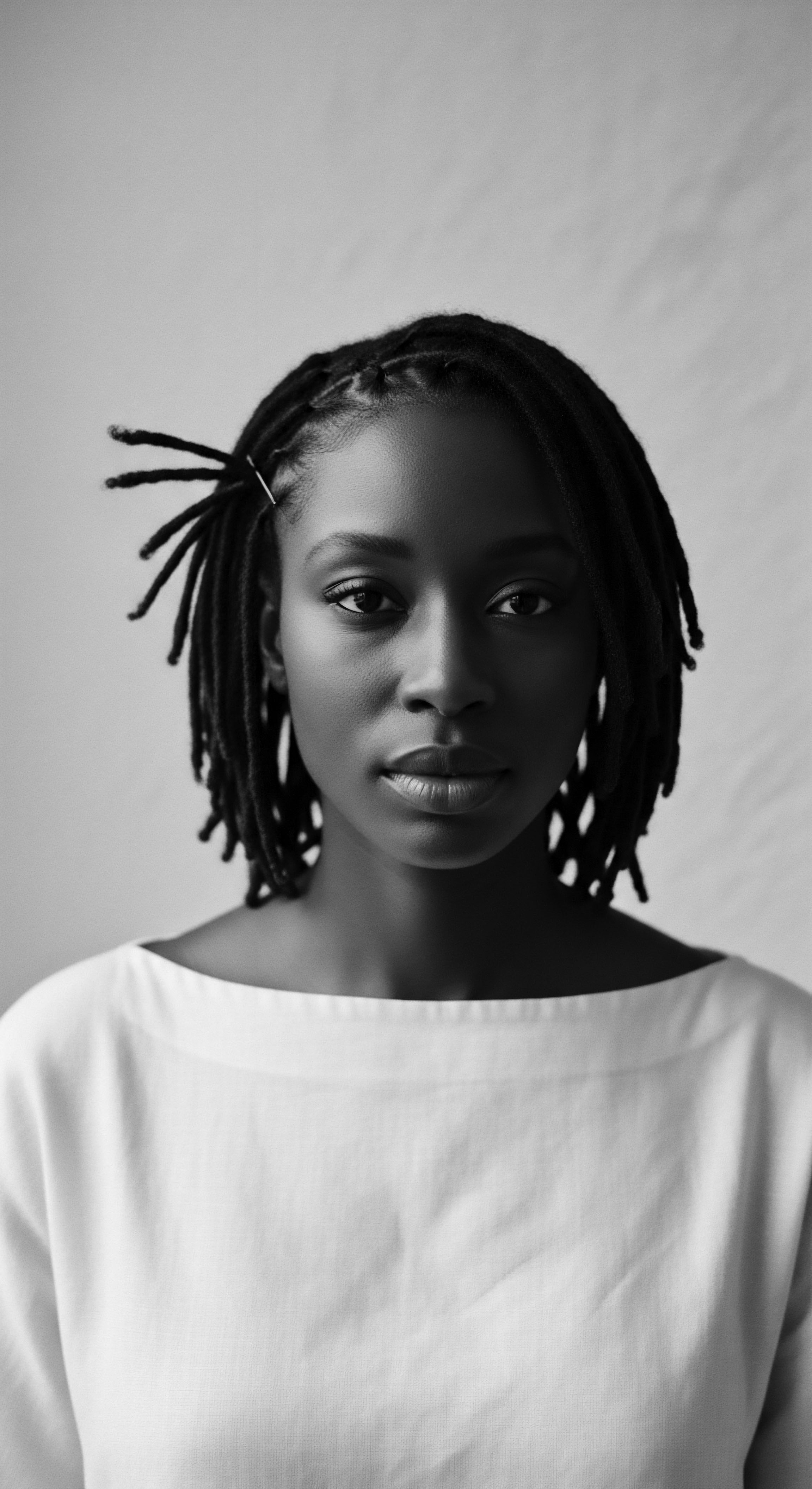
The Vocabulary of Ancestry
The lexicon of textured hair care in ancient times did not rely on scientific jargon. Instead, it comprised terms rooted in shared experience, observation, and the deep connection to the natural world. Names for plants, for styling techniques, or for the resulting hair states carried cultural weight and meaning, often reflecting the wisdom gathered over centuries. The term for a specific herbal rinse might translate to “that which makes the hair soft like a newborn’s,” or a particular butter described as “the protector against the sun’s fire.”
This vocabulary was intrinsically linked to oral traditions and the collective memory of care. It spoke of the earth’s bounty—of various seeds, leaves, and barks—and of the communal hands that transformed these elements into balms and cleansers. The language around hair was therefore as rich and multifaceted as the hair itself, a reflection of the reverence and understanding bestowed upon it.
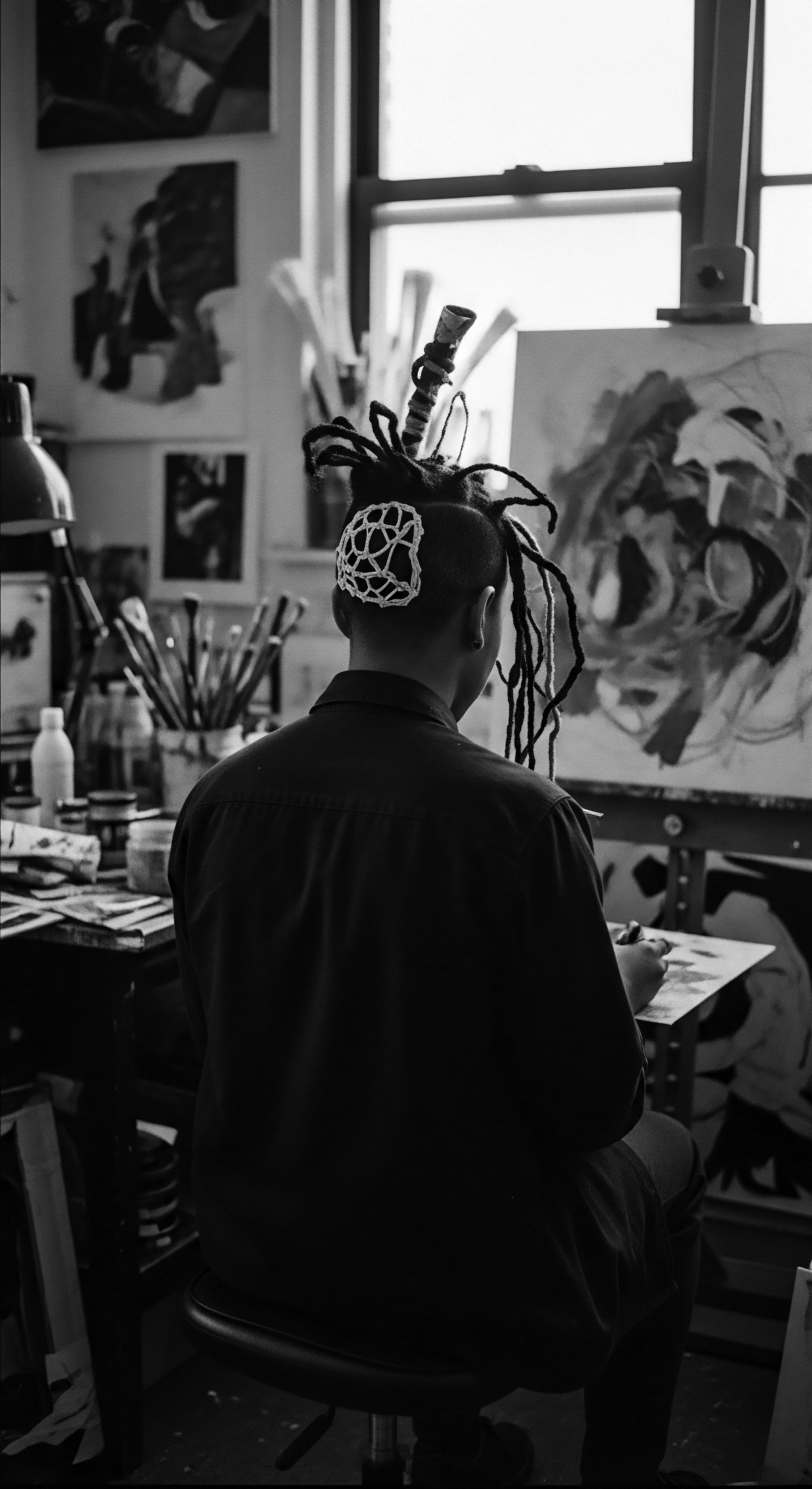
Seasonal Rhythms and Hair Life
Ancient communities observed the cycles of growth and rest in hair, much like they observed the seasons and the rhythms of the earth. They understood that certain periods might be more conducive to growth, while others necessitated more intensive protection. This cyclical awareness influenced when elaborate styling might take place, when hair might be left to rest, or when specific restorative rituals were needed.
The knowledge of these natural rhythms, intertwined with local environmental factors, ensured that hair care was adaptive and responsive. During dry seasons, for instance, a greater emphasis might have been placed on heavy butters and protective styles to minimize moisture loss. In more humid periods, lighter applications or styles that allowed for greater airflow might have been favored. This deep attunement to nature’s influence on the hair contributed to its sustained health and vitality throughout generations.

Ritual
The shaping of textured hair in ancient times transcended mere aesthetics. It became a profound act of self-expression, a means of conveying identity, status, and spiritual connection. These practices were not fleeting trends but enduring rituals, passed from elder to youth, often serving as powerful conduits of cultural heritage.
Each braid, each coil, each adornment carried layers of meaning, speaking volumes without uttering a single word. The hands that styled hair were not simply artists; they were keepers of ancestral knowledge.

Weaving the Story
Across the African continent, styling textured hair was a form of communication. Hair served as a canvas for a complex visual language. The intricate patterns of braids, the direction of cornrows, or the presence of specific adornments could signal one’s marital status, age, wealth, or tribal affiliation. This rich symbolic system meant that hairstyling sessions were not only about physical care but also about sharing stories, transmitting cultural norms, and strengthening community bonds.
Consider the ancient practice of braiding among various West African communities. Such styles, including cornrows, date back as far as 3500 BCE. These were not only practical for managing hair in demanding climates but also served as maps. Enslaved Africans, during the transatlantic slave trade, skillfully used cornrows to create diagrams of escape routes, even hiding seeds and grains within their braids for sustenance during their perilous journeys.
(Byrd & Tharps, 2001) This powerful historical example underscores the profound resilience and tactical brilliance embedded within these styling traditions. The functionality of these styles extended beyond mere protective qualities; they literally held the key to survival and freedom.
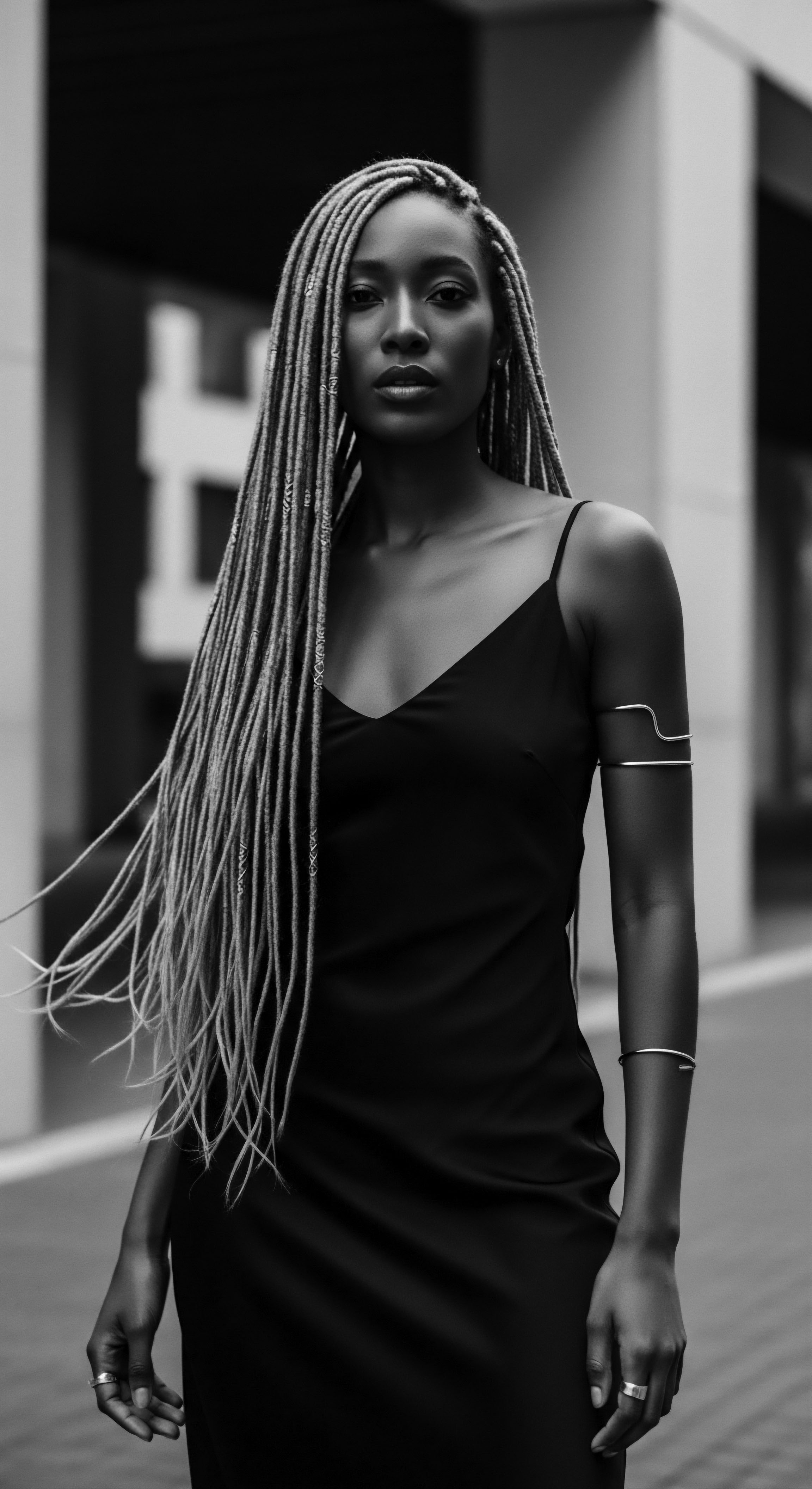
Sacred Hands, Sacred Strands
The techniques employed in ancient hair care were often gentle and mindful, honoring the delicate nature of textured hair. Practices like finger detangling, the careful sectioning of hair, and the slow, deliberate application of natural ingredients were commonplace. These methods aimed to minimize breakage and preserve the hair’s inherent strength.
- Oil Infusion ❉ Ancient peoples used various plant-derived oils—such as shea butter, coconut oil, and castor oil—to lubricate and seal moisture into hair strands, protecting them from environmental stressors. This practice of oiling often involved warming the oils and massaging them into the scalp, stimulating blood flow and conditioning the roots.
- Cleansing Clays ❉ Mineral-rich clays, like Rhassoul clay from Morocco, served as gentle cleansers. They could draw out impurities without stripping hair of its natural oils, leaving it soft and manageable. Such clays also offered scalp soothing properties, addressing concerns like dryness and flakiness.
- Herbal Rinses ❉ Infusions from plants like hibiscus, rooibos tea, and amla were used to rinse hair, imparting shine, strength, and contributing to scalp health. These botanical preparations were often tailored to specific hair needs, reflecting a sophisticated understanding of plant properties.

Beyond Adornment
The tools used in ancient hair rituals were themselves artifacts of cultural expression. Combs, often carved from wood, bone, or ivory, were not just utilitarian objects but frequently adorned with symbolic motifs, reflecting communal values or individual status. These tools were designed to navigate the unique density and curl patterns of textured hair with minimal friction, a testament to thoughtful design rooted in practicality.
Consider the ancient African comb, a tool dating back over 6,000 years. These combs possessed long, wide-set teeth, perfectly suited for detangling and shaping dense, coily hair. Many were artistic creations, featuring human figures, animal representations, or geometric patterns.
These combs sometimes remained in the hair as a symbol of status or personal identity. The intentional design of these implements speaks to a long-standing understanding of textured hair’s specific needs and the cultural importance placed on its care.

Heat and Transformation
While excessive heat application is a modern concern, ancient societies did employ various forms of heat, usually in gentle, controlled ways that aligned with their hair care philosophies. This often involved sun-drying hair after washing or using warm compresses infused with herbs to aid penetration of conditioning treatments.
In some instances, specific styling tools might have been gently warmed to achieve a desired effect, but the intention was never to radically alter the hair’s inherent structure through intense heat. The focus remained on working with the hair’s natural texture, enhancing its beauty and health rather than forcing it into an unnatural state. These practices highlight a respectful approach to the hair’s biology, a legacy worth re-examining in our contemporary pursuit of hair health.

Relay
The wisdom of ancient hair care, particularly for textured strands, flows into the present like a perennial river. These traditions, once foundational to daily life, persist as living knowledge within many communities, informing modern approaches to holistic hair health. The careful regimens, the chosen ingredients, and the very concept of hair as a sacred aspect of self speak to a legacy that transcends time, connecting generations through shared practices of care and reverence.

Building Personalized Textured Hair Regimens
Ancient wisdom advocated for a personalized approach to hair care, recognizing that each individual’s hair, while sharing textural characteristics, possessed its own unique needs. This meant observing how hair responded to different botanical preparations, how it reacted to environmental conditions, and how its needs might change with age or season.
Many traditional regimens centered on cyclical care ❉ cleansing, conditioning, moisturizing, and protecting. The frequency of washing, for instance, was often less frequent than modern norms, acknowledging textured hair’s predisposition to dryness. Instead, emphasis rested on consistent moisture application between washes. This approach ensured the natural oils were preserved, contributing to the hair’s overall vitality.
For example, in many traditional West African communities, hair cleansing might occur weekly or bi-weekly, followed by generous applications of natural butters or oils. The focus was on enriching the scalp and strands, maintaining their pliability and shine. This stands in clear contrast to daily washing practices common in other cultures, underscoring an intuitive understanding of textured hair’s moisture requirements.
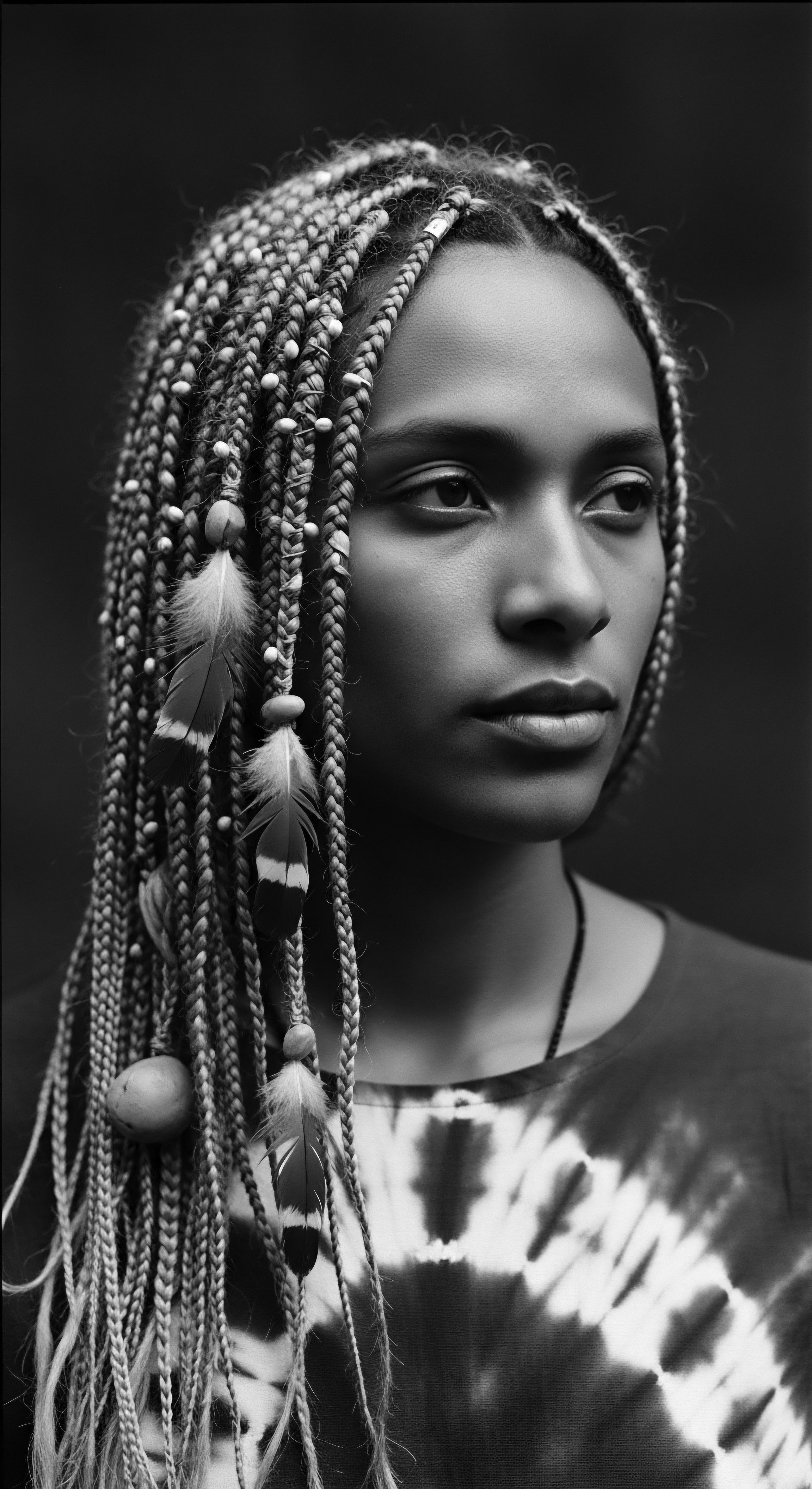
Guardians of the Night
The protection of textured hair during sleep is not a contemporary innovation. Ancient societies recognized the vulnerability of hair to friction and tangling during nighttime hours. Various methods were employed to safeguard hair, ensuring it remained preserved and healthy.
| Ancient Practice Head Wraps and Bonnets |
| Traditional Region Across many African cultures |
| Benefit for Textured Hair Heritage Reduced friction, retained moisture, protected intricate styles, preserved spiritual connection to hair. |
| Ancient Practice Braiding or Twisting |
| Traditional Region Global, but prominent in African and Indigenous cultures |
| Benefit for Textured Hair Heritage Prevented tangling, minimized breakage, maintained curl pattern, served as protective base. |
| Ancient Practice Oiling and Buttering |
| Traditional Region African, Indian, Indigenous American traditions |
| Benefit for Textured Hair Heritage Sealed moisture, provided a protective barrier, nourished strands while at rest. |
| Ancient Practice These ancestral practices highlight a timeless commitment to preserving hair health and honoring its cultural significance, echoing through modern protective routines. |
The use of protective head coverings, akin to modern bonnets or wraps, served a dual purpose ❉ they preserved elaborate daytime styles and prevented moisture loss while sleeping. These coverings were often crafted from natural fibers, allowing the scalp to breathe while providing a gentle barrier against environmental elements. The tradition of wrapping one’s hair at night speaks to a deep, inherited wisdom about maintenance and care.

Ingredient Deep Dives for Textured Hair Needs
The ancient pharmacopeia for textured hair was rooted in the abundant gifts of the earth. These communities understood the properties of plants, their capacity to nourish, cleanse, and heal. The ingredients they chose speak volumes about their knowledge of botanical science, long before formal laboratories existed.
Consider the enduring legacy of Shea Butter, derived from the nuts of the African shea tree. For millennia, this rich, emollient butter has been a cornerstone of textured hair care across West Africa. Its high concentration of fatty acids and vitamins A and E provided unparalleled moisture, making it ideal for sealing in hydration and imparting a soft luster to hair prone to dryness. Its consistent use contributed to the suppleness and strength of strands, offering protection against breakage in challenging climates.
Another significant ingredient is African Black Soap, a traditional cleanser from West Africa. Made from the ashes of plantain peels, cocoa pods, and shea tree bark, along with oils like palm oil and shea butter, it offered a gentle yet effective way to cleanse the scalp and hair. Its natural glycerin content meant it cleaned without stripping essential moisture, maintaining the hair’s natural balance.
From South Asia, Amla (Indian gooseberry) found its application in ancient Indian hair rituals. This fruit, rich in Vitamin C and antioxidants, was used in oils and rinses to promote hair growth, strengthen follicles, and enhance natural pigment. Its benefits for hair vitality speak to a cross-cultural understanding of botanical power.

Addressing Ailments with Ancestral Wisdom
Ancient healers and caregivers possessed a holistic understanding of hair concerns. They recognized that issues like dryness, breakage, or scalp irritation were often symptoms of broader imbalances—be it environmental, nutritional, or even spiritual. Their solutions were rarely singular; they involved a confluence of practices targeting the root cause.
For dryness, the response was consistent moisture through oils and butters, often accompanied by protective styles that minimized exposure. For scalp irritation, specific herbal concoctions with anti-inflammatory properties might be applied, coupled with gentle cleansing practices. The concept of hair breakage, often a challenge for textured hair, was mitigated through minimal manipulation techniques and the use of wide-toothed combs, crafted to glide through coils without causing damage. These solutions were deeply practical, refined through generations of observation and application.
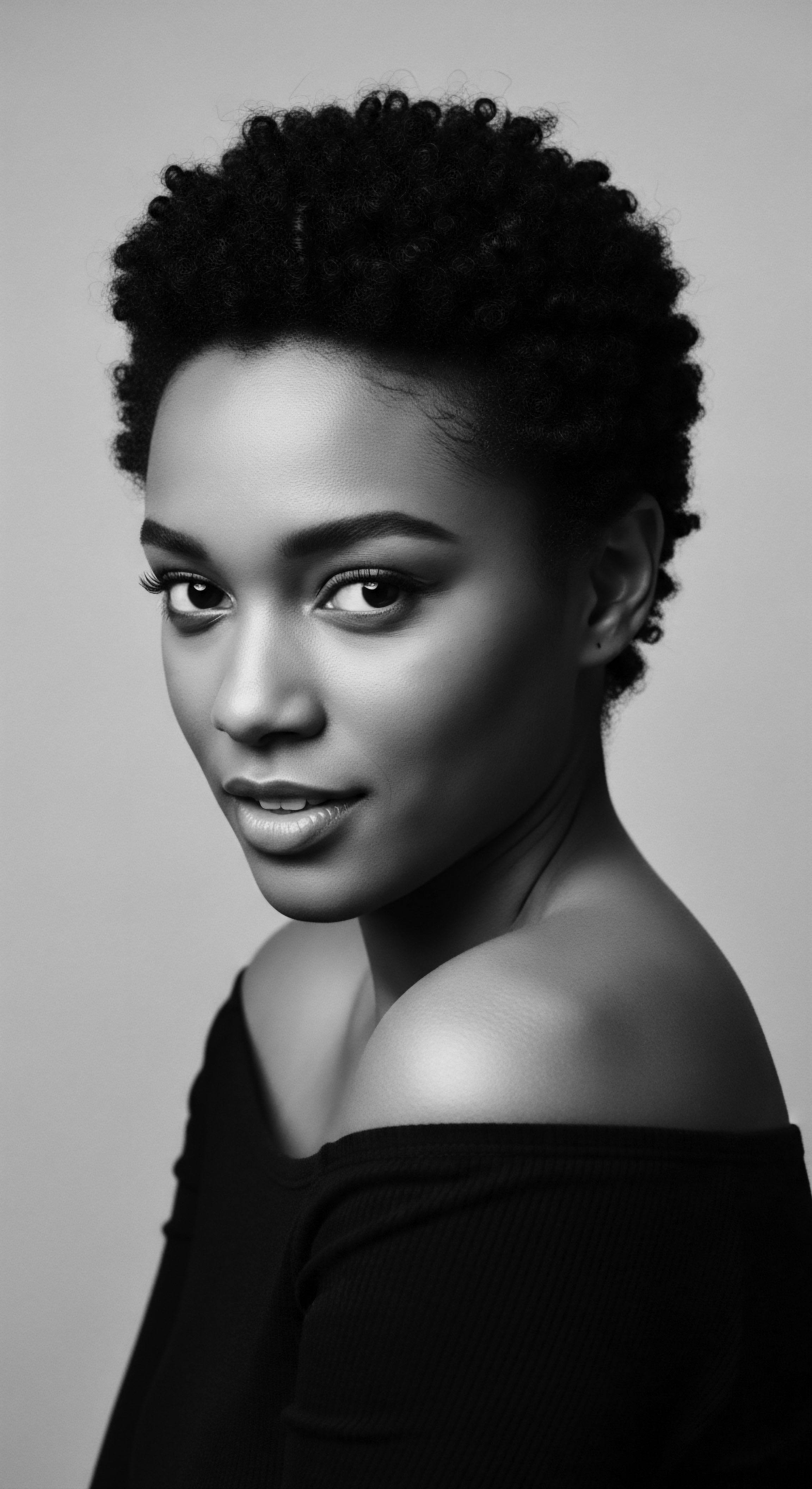
How Does Ancestral Nutrition Influence Hair Health?
The connection between inner well-being and external radiance, especially hair health, was a profound aspect of ancestral wellness philosophies. Diet, often rich in whole, unprocessed foods and essential fats, played a critical role. Communities understood that nourishment from within directly impacted the strength and vitality of hair.
Many ancient diets, particularly in agrarian societies, were naturally high in vitamins, minerals, and proteins crucial for hair growth and resilience. The inclusion of healthy fats from nuts, seeds, and specific animal sources provided the building blocks for strong, lubricated hair strands. This approach highlights a comprehensive understanding of health, where external beauty was a reflection of internal harmony.

Reflection
Our exploration through the ancient beauty rituals that benefited textured hair reveals a legacy not merely of historical facts, but of enduring wisdom. It speaks to a profound connection to the earth, an intuitive understanding of biology, and a deep reverence for identity woven into every strand. This journey through the practices of our ancestors, particularly those from African and mixed-race communities, serves as a testament to their ingenuity, their resilience, and their unwavering spirit. The practices they cultivated—from the careful selection of natural ingredients to the intentionality of their styling—were more than routines; they were expressions of spirit, community, and survival.
As we consider the journey of textured hair through time, from elemental biology and ancient practices to its powerful role in voicing identity and shaping futures, we find ourselves standing in a living library, each coil and curve a treasured volume. The Soul of a Strand, truly, echoes the luminous past, guiding us towards a future where heritage remains a central pillar of care and self-expression.

References
- Byrd, A. & Tharps, L. L. (2001). Hair Story ❉ Untangling the Roots of Black Hair in America. St. Martin’s Press.
- Ellington, T. & Underwood, J. L. (2020). Textures ❉ The History and Art of Black Hair. The Kent State University Press.
- Sherrow, V. (2006). Encyclopedia of Hair ❉ A Cultural History. Greenwood Press.
- Gordon, M. (2018). “The Cultural Significance of Black Hair.” Journal of Pan African Studies.
- Essel, O. Q. (2017). “Afrocultural Aesthetics and Ghanaian Hair Grooming.” Journal of Arts and Social Sciences.
- Omotos, A. (2018). “Hair as an Identity Marker in Yoruba Culture.” Journal of Pan African Studies.
- Carrington, A. (2024). “The Social Significance of Hairstyles in Ancient Egypt.” British Museum Academic Papers.
